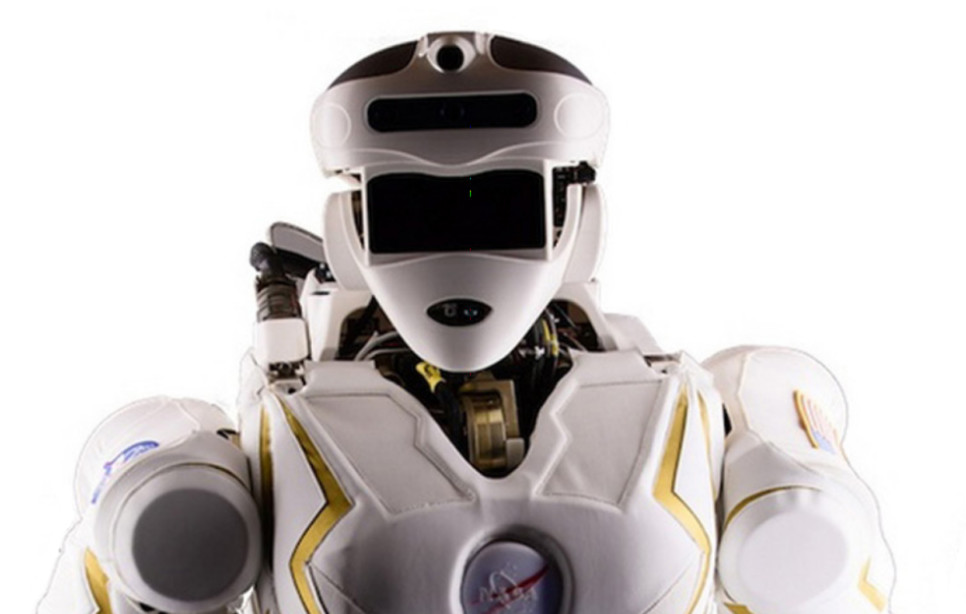CNC Machining has revolutionized the world, in each area it has managed to have a strong presence and position itself as one of the fastest and cheapest forms of manufacturing. The intervention of CNC Machining in the area of fashion is known to all, where it shows great advances in the manufacture of clothing, accessories and footwear.
The advantages of CNC Machined Robotics Prototypes in medicine are also recognized, where it is capable of producing amputated limb prostheses, bone or kneecap prostheses, organs, tendons, and body parts (such as the ear or nose); also known the improvements of CNC Machining in the automotive industry and the industry in general; even the world of gastronomy has been influenced by CNC Machining; just to name a few of the fields where CNC Prototyping technology is used and developed.

3D printing and CNC Machine in Prototype development has made significant progress in recent years in the creation of parts for robot assembly. The use of materials other than plastic has been explored and countless applications beyond the creation of Sheet Metal & Machined Parts have been found for occasional robotics repairs. One of the latest developments aims to go one step further. UYEE has created a method that allows 3D robot printing, at least the base of which they are composed.
Robotics, the domain of Prototyping Technology that drives robot development, has been around for decades in construction, as well as in auto factories, schools, hospitals, and private homes. However, lately, new areas of research such as AI and sensor Prototyping Technology have joined robotics to create advanced autonomous robots, with a much wider range of possible applications.
Robotics & Automation are already having a significant impact on manufacturing processes in the automotive and electronics sectors. They are also increasingly used in agriculture, mining, transportation, space and marine exploration, unmanned surveillance systems, healthcare, education, and many other fields.
Sheet Metal & Machined Parts such as a crankshaft or actuators, necessary to allow mechanical movement in many types of machines – and also in robots – can be 3D printed with technology developed by a team of UYEE scientists
Dubbed ‘printable hydraulics’, the method consists of printing solid and liquid materials at the same time, which would allow 3D robots prototype to be printed in one step, without the need for subsequent assembly. Everything is geared toward creating structures that can have hydraulics-based movement, but there are difficulties in accomplishing this feat of engineering.
Printing liquids is complicated and to succeed in the task many times a post-processor is required, thus losing automation in the process. Scientists use a commercial 3D printer, which deposits materials layer by layer. His method causes the machine to drop extremely small droplets (half as wide as a hair). High-intensity ultraviolet radiation is then used to solidify all materials except those that must remain liquid.
This allows mechanisms such as pumps to move fluids, actuators, or a crankshaft to move a hydraulic transmission to be 3D printed. The Sheet Metal & Machined Parts is resolved. To complete the robot it would only be necessary to introduce the motor and a battery, as well as to program the logical part.
To check how the new technique works, scientists have created a small, six-legged robot that can move thanks to 12 hydraulic pumps that are an extension of its body. It took 22 hours to print it. It is a simple structure, but it is still a qualitative leap. The objective of this research is to serve as a basis for further study in this regard, so that in the future the development of more complex robots can be automated.
